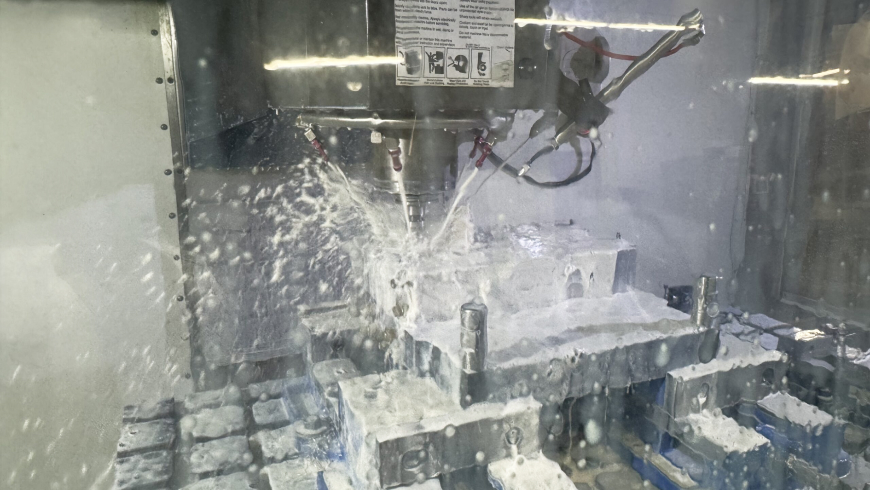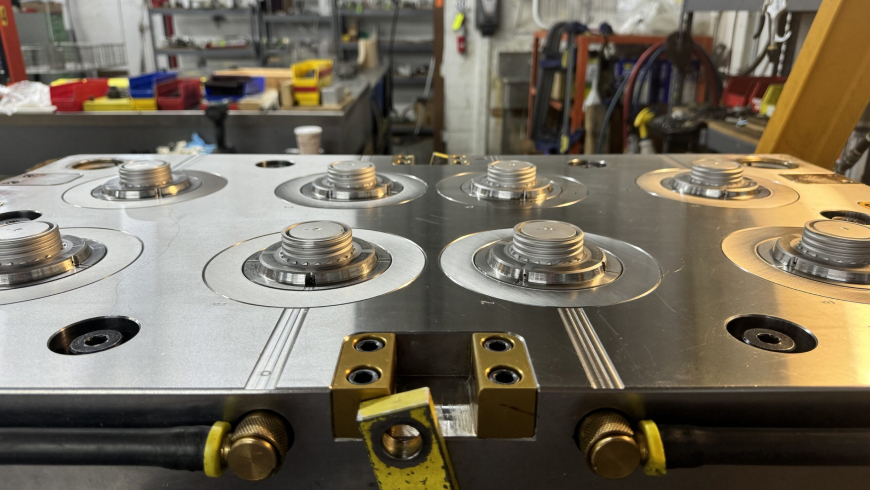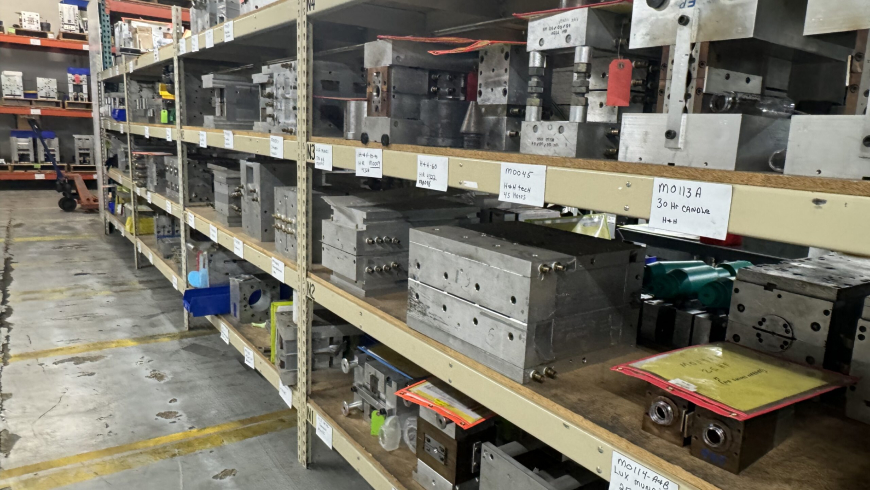A robustly designed and built mold is critical to produce high quality, repeatable products. Once the mold is built and in production, it is critical to be on a regular preventative maintenance program to ensure the longevity of the mold. Our in house team works tirelessly to ensure all molds, whether ours our customer owned, are maintained to the highest standard.

We work hand-in-hand with our tooling partners during the design and build processes to make sure all specifications and quality are up to our standards, remaining in constant contact to meet timelines.

We have various tiers of tool maintenance programs to choose from to ensure your assets produce high quality parts through the entirety of the life cycle.

We can take care of all repairs and refurbishments, whether we perform the work at our in-house mold shop, or with one of our many trusted tooling partners.

With our tool storage program, mold numbers and locations are assigned to ensure all of your assets are kept safely and securely when they are not in production.